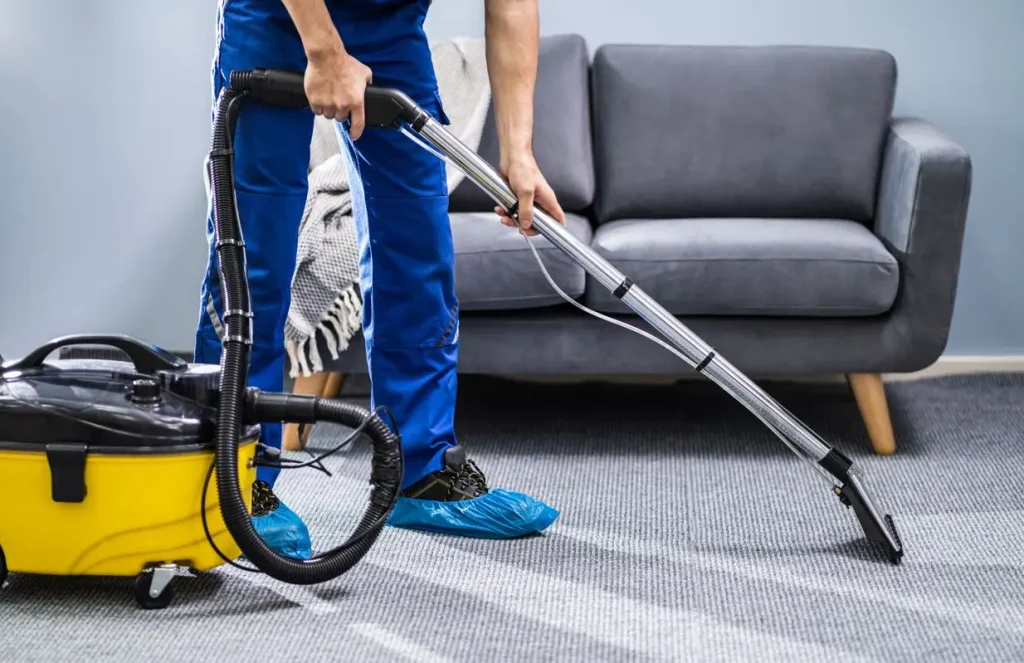Understanding What a Panic Attack Is
A panic attack is a sudden episode of intense fear or anxiety that triggers severe physical reactions when there is no real danger or apparent cause. These episodes can be frightening and may occur without warning, leaving individuals feeling out of control.
Symptoms of a panic attack can include:
- Rapid heartbeat
- Shortness of breath
- Chest pain
- Dizziness or lightheadedness
- Sweating
- Nausea
- A sense of impending doom or death
Understanding these symptoms is the first step toward managing them effectively. Recognizing that you are experiencing a panic attack—and not a heart attack or another medical emergency—can help reduce fear and allow you to regain control.
Common Triggers of a Panic Attack
While panic attacks can sometimes occur without warning, several common triggers may increase the likelihood of experiencing one. These include:
- High-stress environments
- Traumatic experiences
- Phobias or specific fears
- Substance use or withdrawal
- Chronic anxiety disorders
Knowing your personal triggers can help in preventing future panic attacks and preparing effective coping strategies.
Immediate Steps to Take During a Panic Attack
1. Acknowledge the Panic Attack
One of the most empowering things you can do is to remind yourself that you’re experiencing a panic attack, not a life-threatening event. Repeating phrases such as “This is temporary” or “I am safe” can help shift your mental focus.
2. Practice Deep Breathing
Regulating your breathing is one of the most effective tools during a panic attack. Try the following technique:
- Inhale slowly through your nose for 4 seconds
- Hold your breath for 4 seconds
- Exhale through your mouth for 6 seconds
- Repeat for several cycles
Controlled breathing can reduce the hyperventilation and physical tension that often accompany panic attacks.
Grounding Techniques to Manage Panic Attacks
Grounding techniques help redirect your attention from your internal sensations to the external environment, which can be especially effective during a panic attack.
1. The 5-4-3-2-1 Method
This sensory awareness technique is widely used during panic attacks:
- 5 things you can see
- 4 things you can touch
- 3 things you can hear
- 2 things you can smell
- 1 thing you can taste
This method brings your attention to the present moment and helps reduce overwhelming anxiety.
2. Use a Physical Object
Holding an object with texture, such as a stress ball, smooth stone, or even an ice cube, can shift your focus away from the panic attack and back to your physical senses.
3. Mental Grounding Exercises
Try listing:
- Your favorite movies
- The countries you’ve visited
- Types of fruit or animals in alphabetical order
These cognitive distractions can break the cycle of anxious thoughts fueling your panic attack.
Long-Term Coping Strategies
While grounding techniques are effective in the moment, it’s also important to develop long-term coping mechanisms to prevent or reduce the frequency of panic attacks.
Regular Physical Activity
Exercise is a proven way to reduce stress and manage anxiety. Even a daily walk can decrease the likelihood of a panic attack by promoting the release of endorphins.
Mindfulness and Meditation
Practicing mindfulness allows you to become more aware of your thoughts and triggers. Regular meditation trains your mind to stay present, helping reduce the onset of future panic attacks.
Adequate Sleep and Nutrition
Poor sleep and diet can heighten anxiety. Ensuring a balanced lifestyle can support both physical and mental well-being and reduce susceptibility to panic attacks.
When to Seek Professional Help
If you’re experiencing panic attacks frequently or they are impacting your daily life, it’s important to seek help from a qualified mental health professional.
Therapy Options
- Cognitive Behavioral Therapy (CBT): One of the most effective treatments for panic attacks, CBT helps reframe negative thought patterns.
- Exposure Therapy: This method gently introduces you to fear-inducing situations to reduce their impact over time.
Medication
In some cases, doctors may prescribe anti-anxiety medications or antidepressants to help control panic attacks. These are typically used in conjunction with therapy for long-term success.
Supporting a Loved One During a Panic Attack
If someone you care about is experiencing a panic attack, remain calm and supportive. You can help by:
- Encouraging deep breathing
- Offering grounding techniques
- Reassuring them they are safe
- Staying with them until the panic attack subsides
Avoid phrases like “Calm down” or “You’re overreacting”—these can feel invalidating and may worsen the episode.
Myths About Panic Attacks
“Panic Attacks Are Just Overreactions”
This harmful myth dismisses the real, physical symptoms of a panic attack. Panic is not a sign of weakness; it is a biological response to perceived threat.
“You Can Just Snap Out of It”
A panic attack is not something someone can control at will. Support, understanding, and professional help are often required to manage them effectively.
“Only People with Anxiety Disorders Get Panic Attacks”
While panic attacks are more common in people with anxiety disorders, they can happen to anyone during high-stress situations.
Tips for Preventing Future Panic Attacks
- Keep a journal to track triggers
- Limit caffeine and alcohol intake
- Maintain a regular routine
- Practice grounding exercises daily
- Seek therapy to explore underlying issues
Prevention starts with awareness. By identifying patterns and early warning signs, you can act before a panic attack escalates.
Conclusion
Experiencing a panic attack can be overwhelming, but it doesn’t have to define your life. By understanding the nature of panic attacks, implementing grounding techniques, and seeking professional support when needed, you can take control of your mental health journey. Whether you’re dealing with occasional episodes or chronic anxiety, remember: you are not alone, and help is available.



